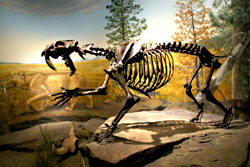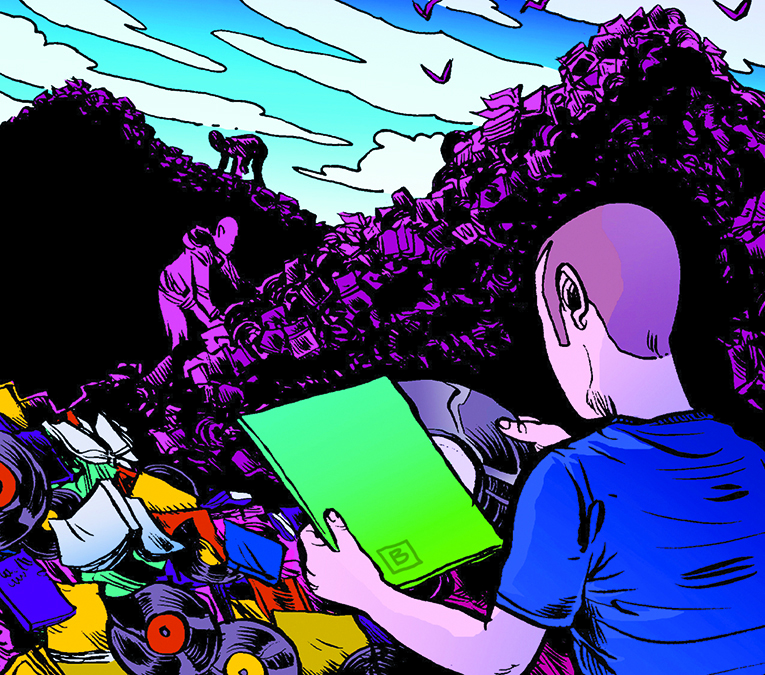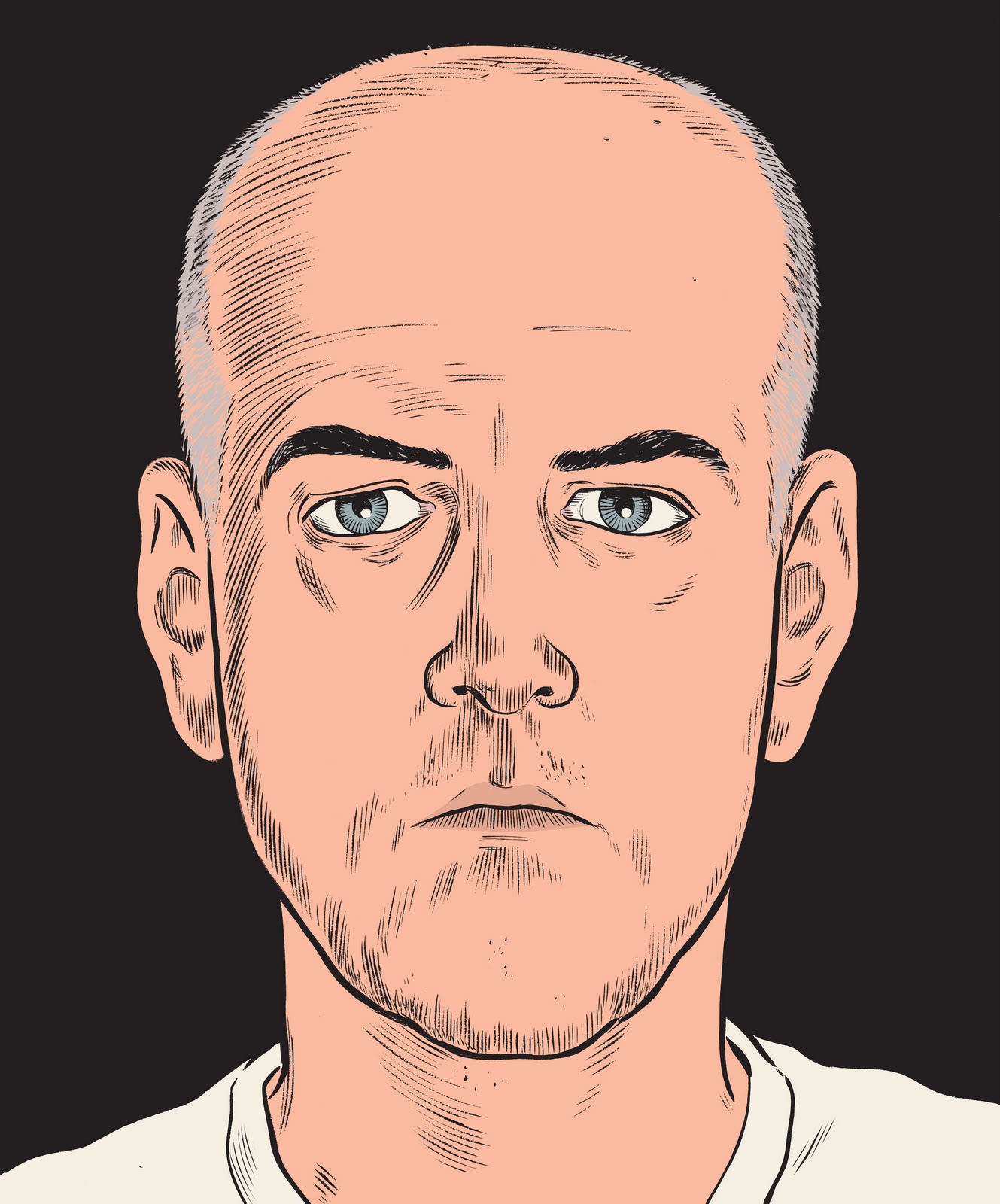In early November, three experts in fossil collecting and curation arrived at the University of Washington’s Burke Museum to assess the state of the museum’s assembly of 42,000 vertebrate bones. On Jan. 6, they submitted their report to Arts and Sciences Dean David Hodge. Last Friday, Jan. 20, the Burke issued a press release stating that the report was “complimentary to the Burke Museum’s professionalism.” The full report tells a different story: one of 35 years of curatorial secrecy, carelessness, and misdirection that may have done irreparable harm to the integrity of the Burke’s fossil collection.
The Burke’s bone problem first became public in April 2003, when Seattle Weekly reported that both a UW undergrad and a Burke employee had complained to the administration of unprofessional conduct on the part of UW geology professor John M. Rensberger during a chaotic July 2002 field trip to the fossil beds of eastern Montana. The employee, Bruce Crowley, began to suspect that Rensberger had not obtained proper federal permits for the projected dig, and the professor’s secretive and erratic behavior on the way east led Crowley to insist on seeing the required permit. Instead, Rensberger dropped him at the Billings bus station and continued alone. (The student had already had enough and bailed.)
In the course of looking into the complaints, university disciplinary authorities learned that the 2002 incident was nothing unusual where Rensberger was concerned. Despite the professor’s refusal to cooperate, it was learned that he was widely suspected of frequent failure to secure the proper permits for fossil collecting on federal and tribal lands, and a cursory survey of records of material in the Burke’s collection indicated that many, if not most, items collected and cataloged by Rensberger during his 35-year UW career might be questionable as to source, identification, and ownership.
Just how widespread the problem was wasn’t evident until the three-scientist team turned in the results of a week’s rummage through the Burke’s collection. (See “The Burke’s Bare Bones,” Nov. 16, 2005.) In language more reminiscent of a prosecutorial indictment than a scientific report, the team enumerated its findings:
• In visits to 72 sites in Wyoming, Montana, and Oregon over 35 years, Rensberger had a valid permit for only four. (This total does not include trips over the same period to Nevada, Idaho, North and South Dakota, New Mexico, and California.)
• Locality data—essential in establishing the scientific significance of specimens—”was conducted with a disregard for completeness and accuracy, either through carelessness or deliberate falsification,” say the authors. More specifically, they say, “Locality data in a museum catalog may appear to be very accurate, when in fact it may only be very precise . . . and therefore entirely misleading. . . . An unskilled, lazy, or deceptive individual can create serious damage to the integrity of locality data.”
• Notes taken during collecting are the basic data for making sense of a collection. No notes by Rensberger were found at the Burke, “although some notes were found on torn pieces of brown paper bags,” and the professor explicitly denied that any existed. He also made a practice of collecting notes made by his students. “Failure to keep field notes, retaining them as the collector’s personal property, or simply discarding them is extremely poor practice, if not worse.”
• “Vertebrate fossils collected under a permit remain the property of the federal government in perpetuity. They cannot be traded, bartered, or sold,” the scientists reported. Yet, “[a] note found in a drawer states that several boxes from a National Park Service site were exchanged with a European museum. These specimens could not legally be exchanged without permission, and there is no record of which specimens or how many were exchanged, if any exchange forms were generated, or if any material was received for these specimens.” In any case, “[n]o permit was issued for their collection.”
• “It was well known in the vertebrate paleontology community that access to collections and data in the Burke Museum was strictly controlled by Dr. Rensberger. Many paleontologists and their students who requested access were denied, and the few who did receive permission were allowed to see only selected specimens under certain conditions. . . . [B]ecause many of the specimens were collected from federal lands, access to them cannot be denied to any qualified investigator. Although the specimens are in the possession of the Burke Museum, they remain the property of the federal government and hence all Americans.”
Removing, selling, trading, or otherwise disposing of fossil material from a federal site is a felony. This is potential bad news for Rensberger, who retired from the university in 2004 but continues to be active in the profession, giving interviews to science reporters on points of interest in his specialty. It is in a way even worse news for the UW, for whom the work and expense of cleaning up the Burke collection is only beginning. Someone’s going to have to be hired to go through the collections piece by piece to identify as best as possible who the likely legal owner is—tribe, Bureau of Land Management, National Park Service, or others. Then, each owner must be contacted and asked how the Burke should proceed to make restitution. Former colleagues and students have to be contacted to see if they possess any field notes that might cast light on the identity of questionable objects. The Office of the Dean of Arts and Sciences is stuck with paying for the job, which is sure to cost tens of thousands of dollars.
Among the steps required to rehabilitate the Burke’s collections, the investigators cited as the No. 1 priority: “Continue to insist that Dr. Rensberger provide his original field notes and detailed maps.” On Thursday, Jan. 19, two detectives from the UW Police Department made a morning call at Rensberger’s home in Seattle’s North Beach neighborhood and departed with 10 spiral-bound notebooks, delivering them to the Burke’s new director, Julie Stein.
Ten notebooks to cover 35 years of digging? At least it’s a start. Meanwhile, one big question remains. The first clear warning from a Burke staff member that things might be criminally amiss with the Burke’s bone collections was sent up the university chain of command in 1989. Why did 17 years pass before anyone looked into the matter?








